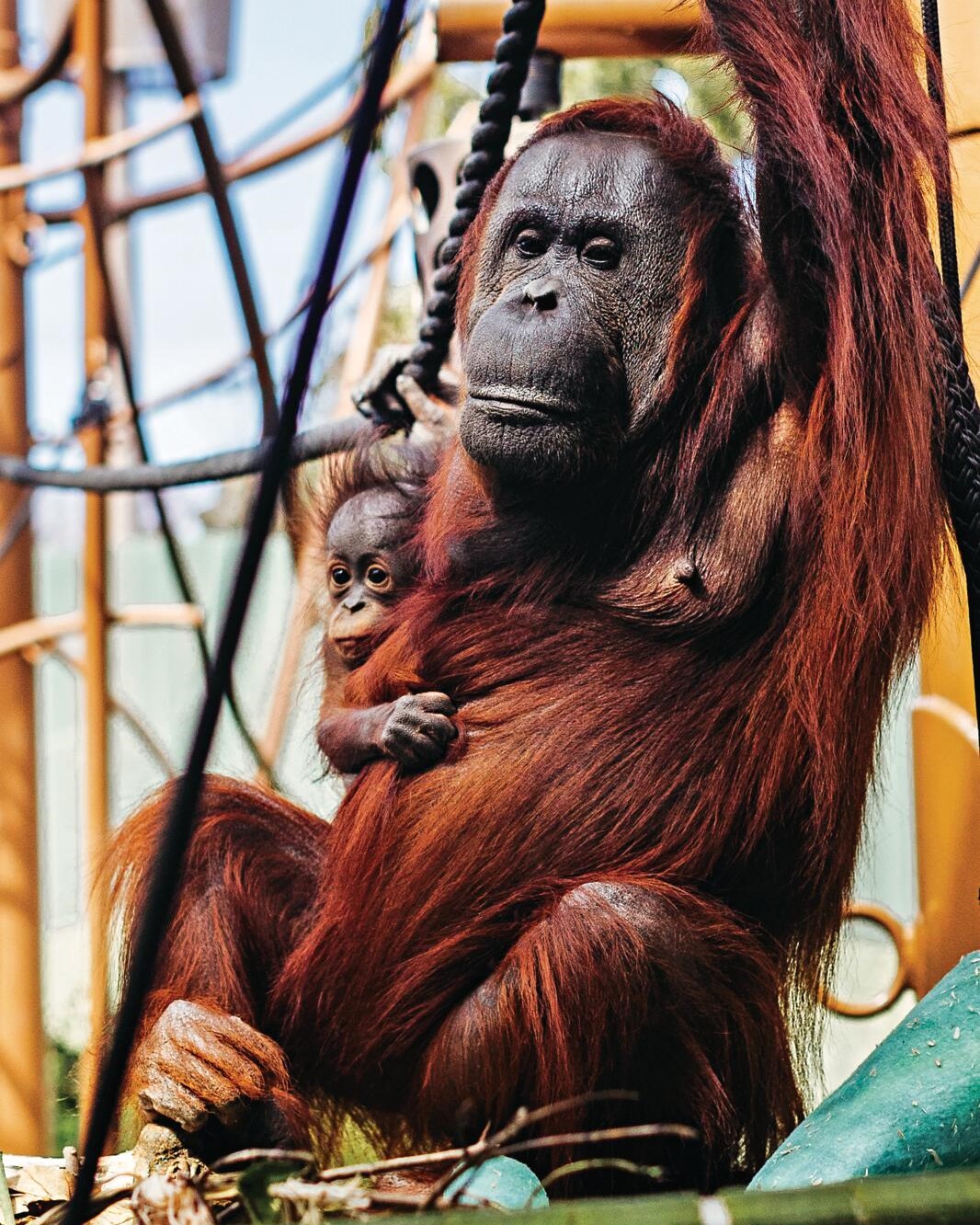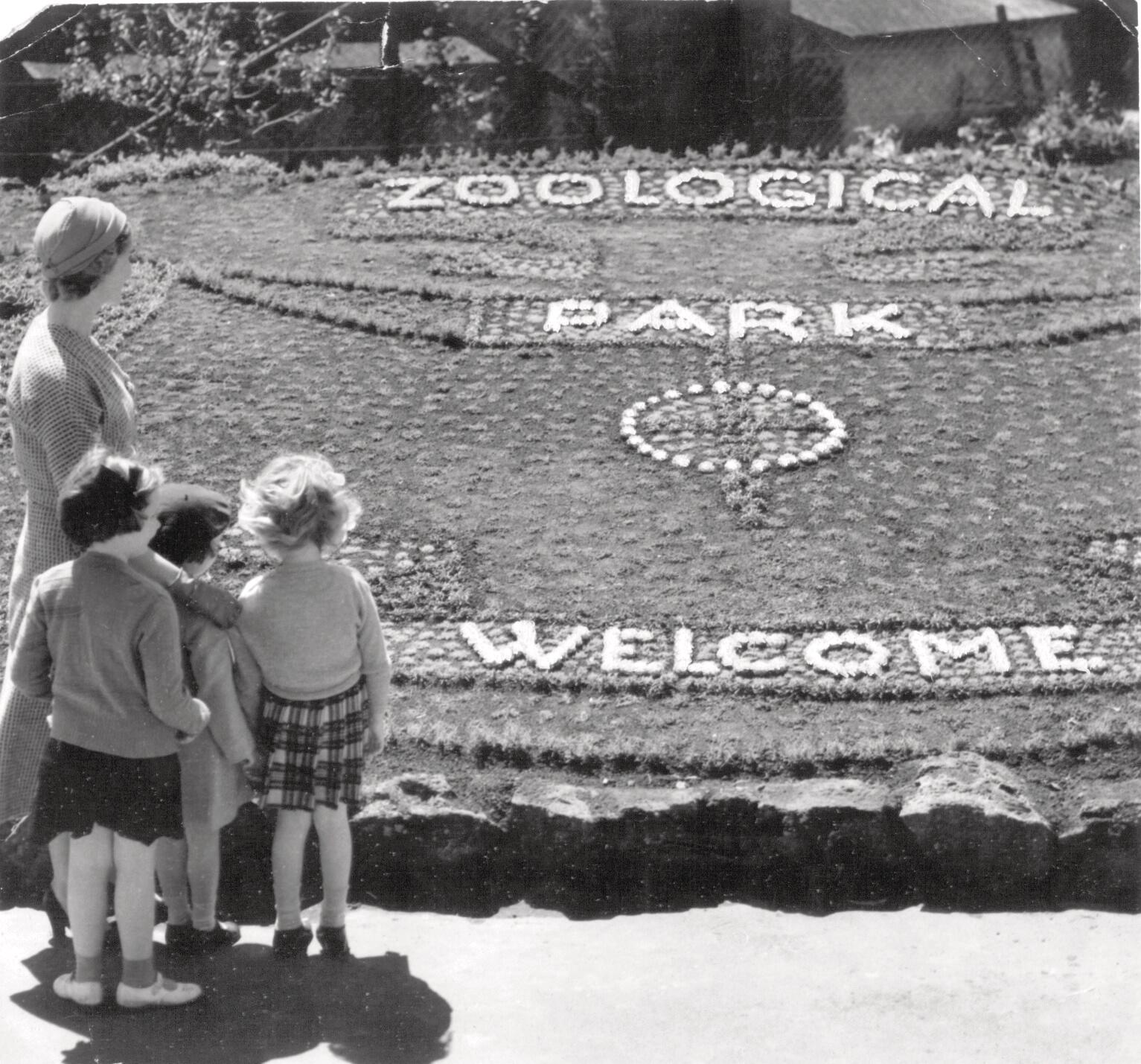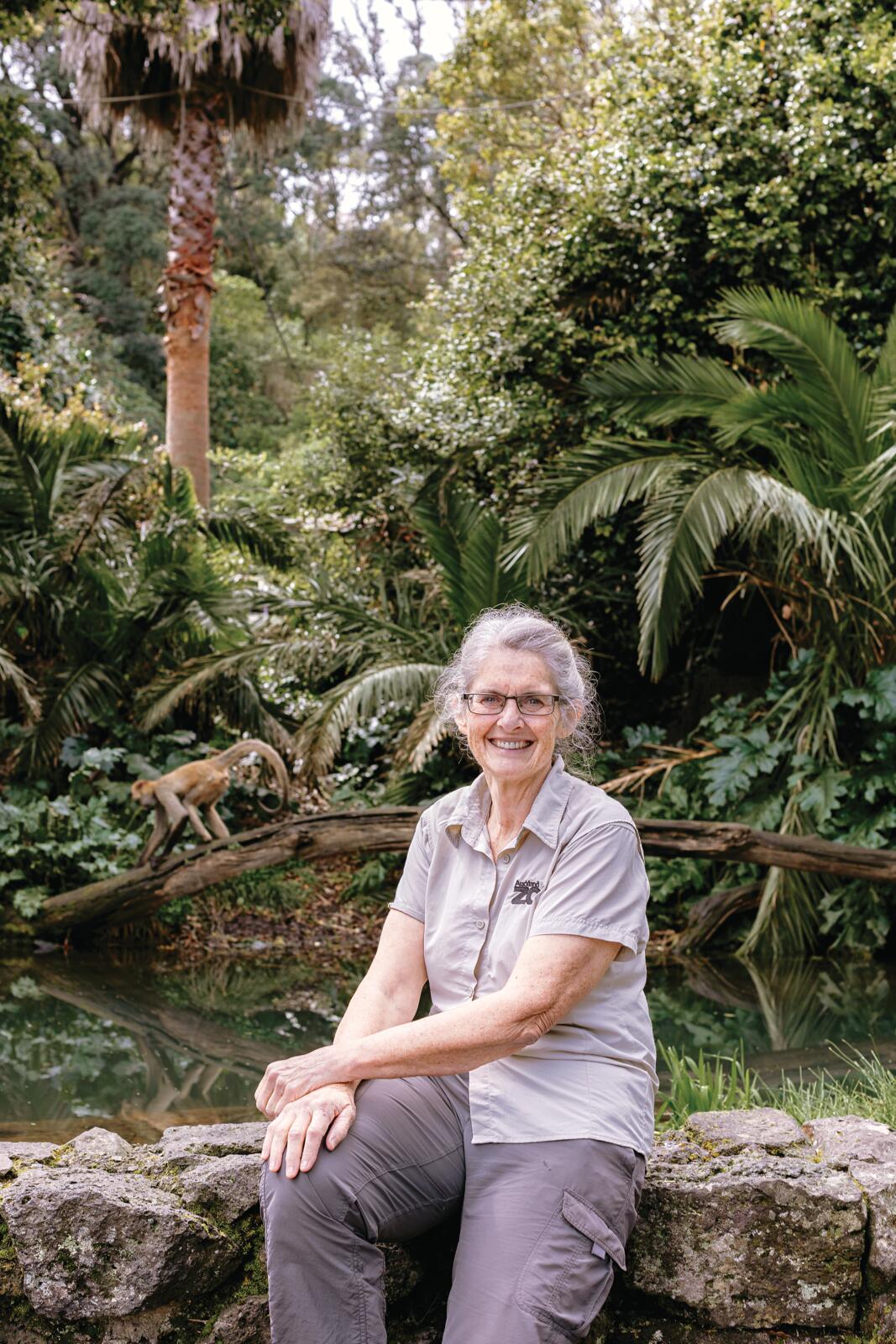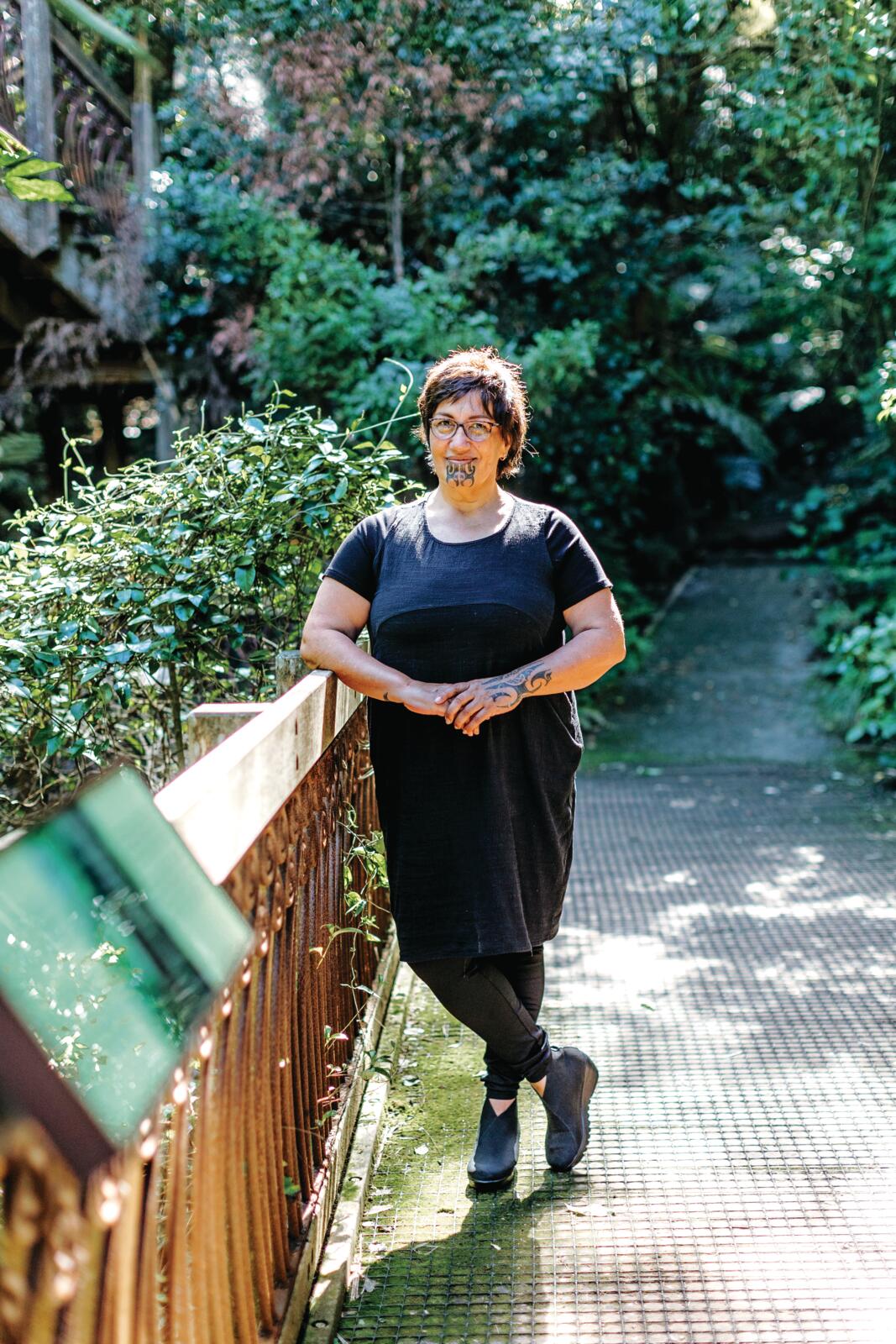In the days before television and the internet, zoos were menageries that entertained and amazed people with ‘curious’ animals from parts of the world they would likely never visit.
But things have definitely changed for the better, as the centenary of Auckland Zoo shows.
Conservation champions
Part of the Auckland Council whānau, today the Zoo’s focus is on advocacy, engagement and conservation projects through a variety of activities that range from education programmes, wildlife rehabilitation and fieldwork where staff partner with iwi, the Department of Conservation and community groups.
Right now, staff are working on some 30 different field conservation projects within Aotearoa and the South Pacific, while supporting many more around the world.
The Zoo’s commitment to integrating te ao Māori into its work is helping to enhance its connection with Aotearoa’s unique culture.
It is the right thing to do to increase appreciation of our own flora and fauna, but also positions the Zoo distinctly of this land.

Better together
Auckland Zoo Director Kevin Buley says that while individuals certainly fought for change and drove these shifts, they could not have happened without funding from Auckland Council and ongoing community support.
“Not only will the ongoing investment in the Zoo continue to provide incredible experiences for our visitors, but it’s also vital for us to stay at the forefront of animal care and conservation science.
“And we cannot underestimate the impact that connecting with nature and whānau at the Zoo can have on our visitors, which was never more evident than when we reopened after both long COVID-19 lockdowns.
“We could see the relief on people’s faces and hear it in the kind words they shared on their return.“In an increasingly urbanised Aotearoa, the Zoo is a beautiful oasis Aucklanders can escape to, and know that they’re doing something good for wildlife in the process.”

Christine Tintinger, Senior primate keeper
Christine Tintinger, a senior primate keeper at Auckland Zoo, ignored the old saying ‘never work with children and animals’.
Originally a Karitane nurse, Tintinger’s lifelong interest in animals from around the world has seen her working at the Zoo for more than 40 years. Through TV series and documentaries about the Zoo, she’s become one of its best-known faces.
As part of the team since 1979, Tintinger has seen the Zoo transform from what she describes as a menagerie to an organisation with conservation and best scientific practice at its heart.
She also recalls encountering gender bias early in her career and is relieved those norms and stereotypes have been challenged and broken down.
“As we look to the future, I think it’s important to acknowledge and pay homage to our history.”

She speaks fondly of the animals she has cared for, including gentle giant Charlie, the Bornean orangutan she’s known since he was young (and who is enjoying swinging around the new High Canopy habitat), as well as former ‘tea party chimpanzee’ Janie, who lived to 60 and needed extra love and attention in her final years.
“I have great memories of sitting next to her, talking, and tickling her,” says Tintinger.
“She would burst out laughing and it was wonderful to hear.”
Lyndelle Paniora, Kaupapa Māori Advisor
Whenever Lyndelle Paniora needs to re-centre during her work day at Auckland Zoo, she heads to Te Wao Nui to watch kea.
It reminds the former teacher of her South Island childhood and the times she would accompany her mother – also a teacher – on school trips to Arthur’s Pass, where all the children were warned not to leave anything shiny around in case it attracted the attention of the inquisitive birds.
With the Zoo marking its 100th year, Paniora is the first full-time Kaupapa Māori Advisor, a recently created role to help navigate the next steps in the Zoo’s bicultural journey.
Previously a visitor to the Zoo with her own five children, Paniora appreciates the evolution from a place of entertainment to one with an emphasis on conservation, education and animal wellbeing.

She says she will be involved in future developments such as learning more about animals through the stories and languages of the indigenous people in their countries of origin, or hearing announcements in te reo Māori.
“It’s about ensuring kaupapa Māori, mātauranga Māori and te reo Māori are seen and heard in truly meaningful ways so the Zoo is located firmly in Aotearoa,” says Paniora.
“It’s about enriching what we do here.”


